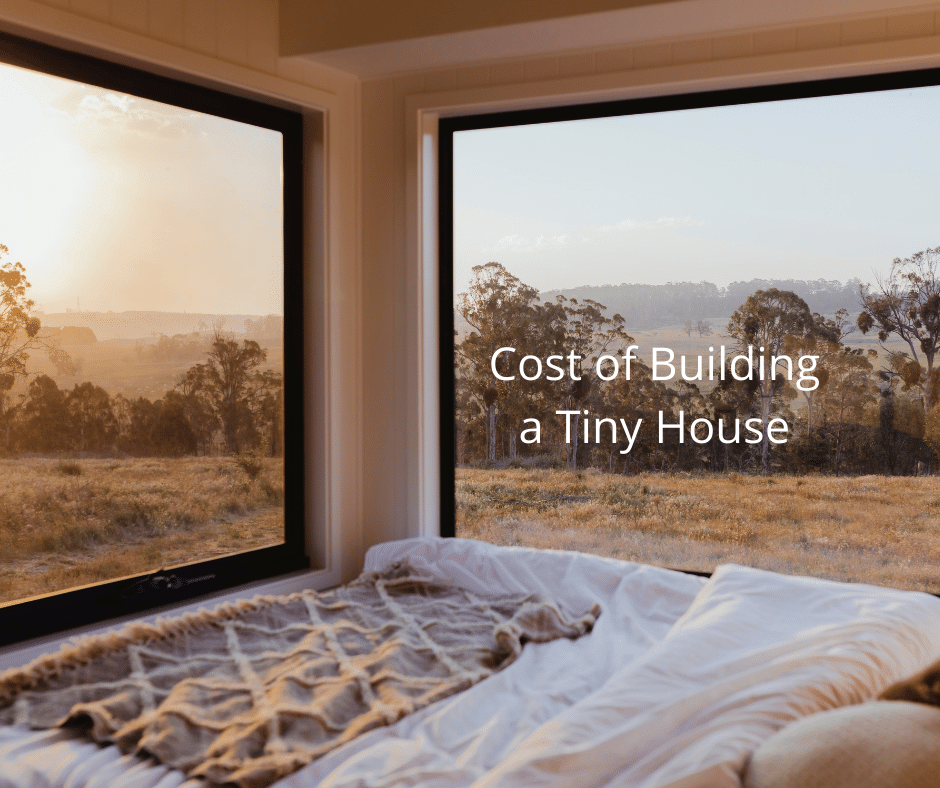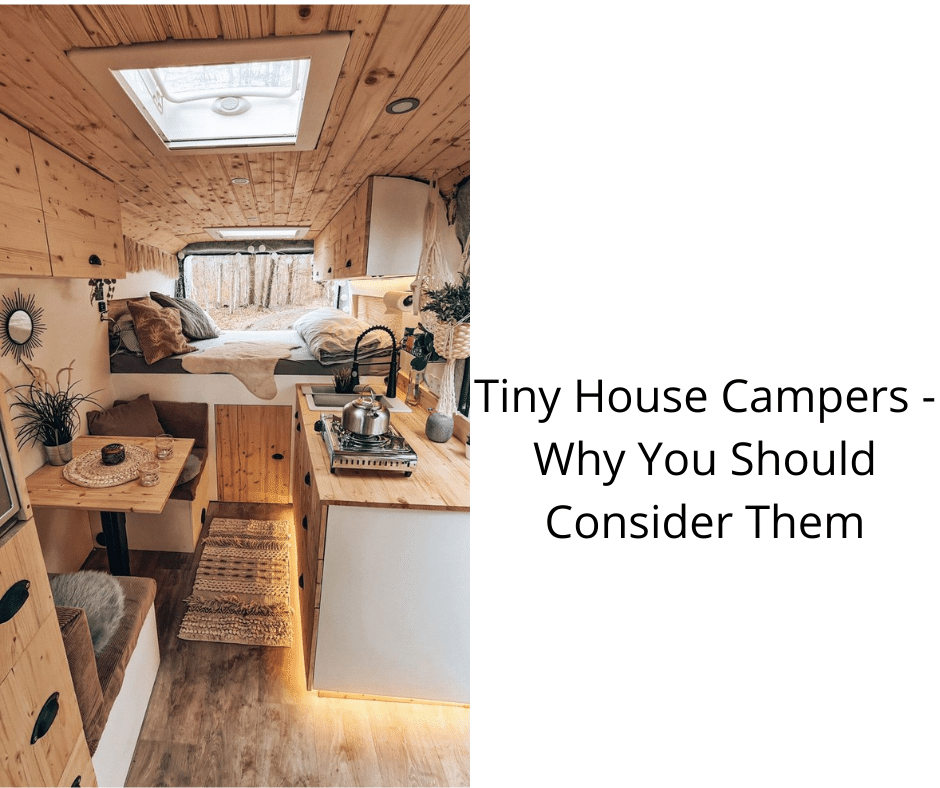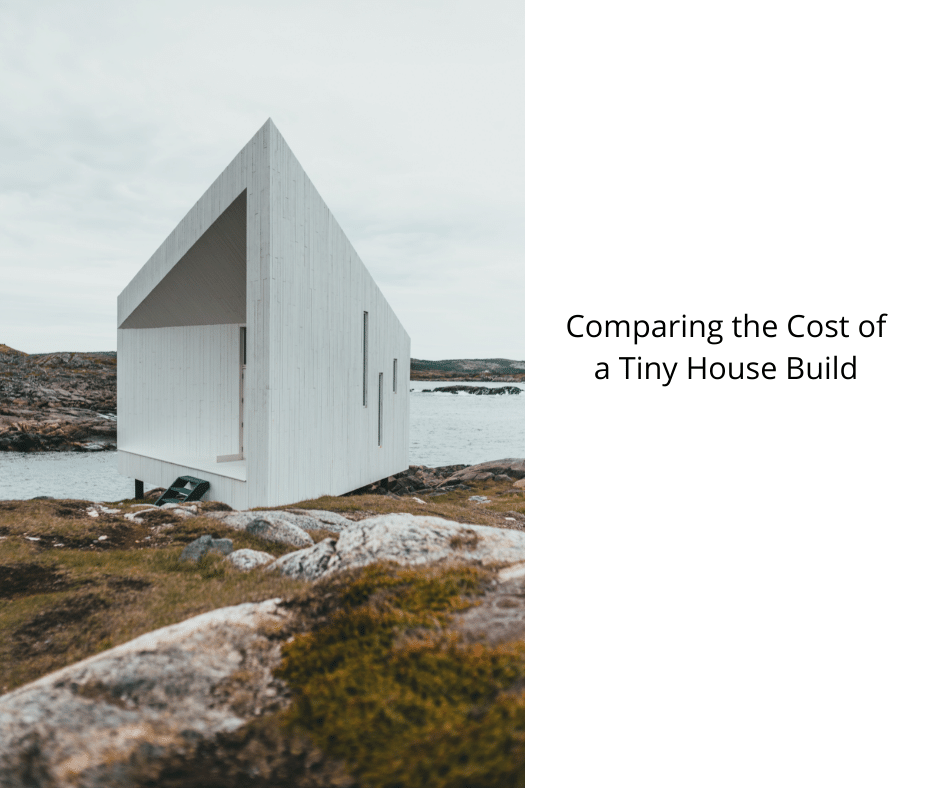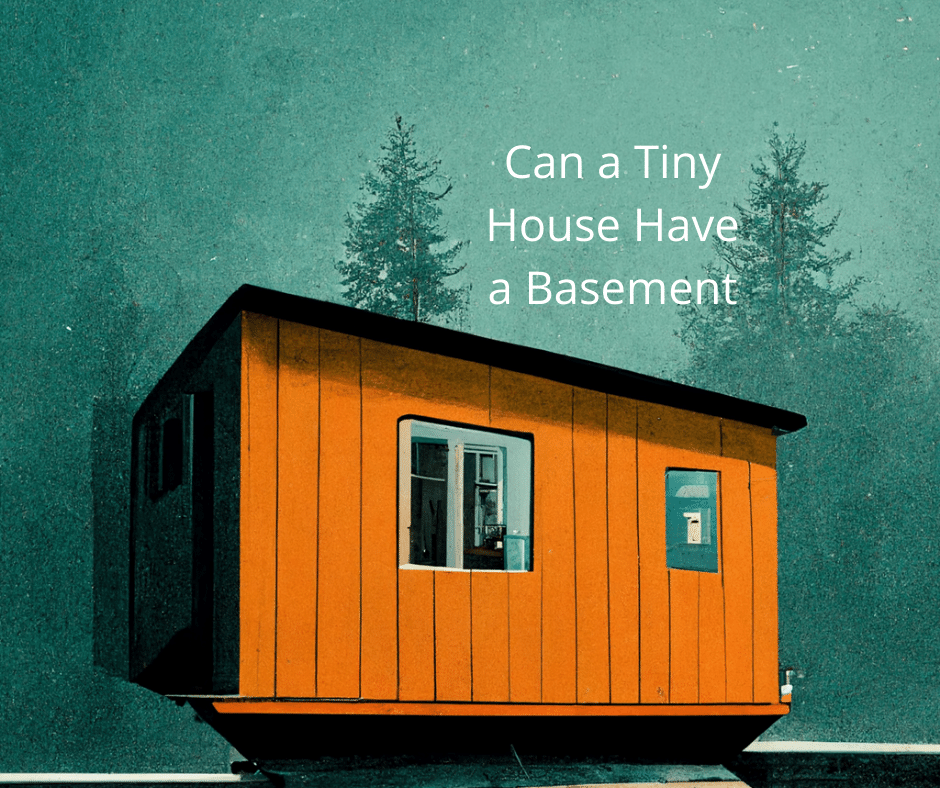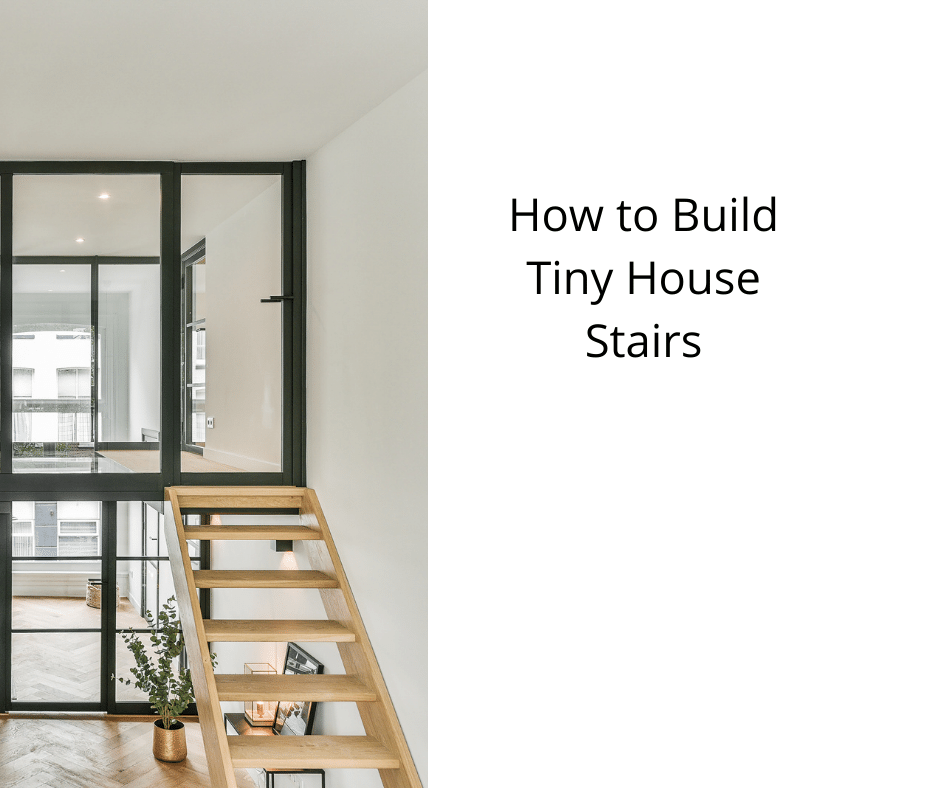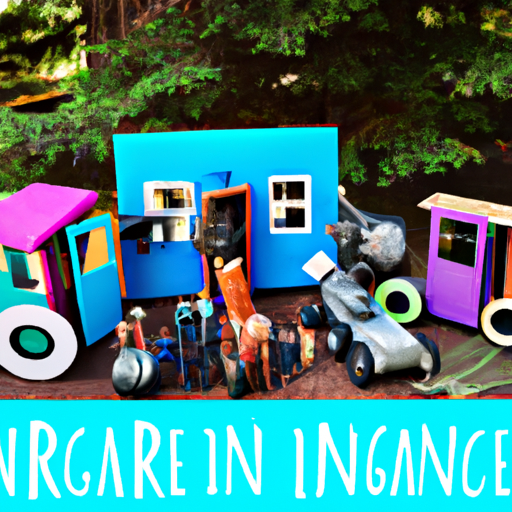The tiny house movement is a growing trend promoting a simpler way of life with fewer possessions. These compact homes cater to those looking to downsize and save money. Despite having less square footage than a one-bedroom apartment, they offer a cozier living experience. Living in a tiny house can offer an exciting and fulfilling lifestyle. This article will explore the benefits of tiny house living, as well as the potential challenges and costs associated with building a tiny house.
Cost of Building a Tiny House
When it comes to the cost of building a tiny house, the prices can be steep. The first step is securing the necessary permits. Depending on the size of your home, you may need to connect it to a city water line, electrical outlet, and sewer system. You may also need to install a septic tank if you are not off the grid. You may also need to collect rainwater or dig a well to generate your power or utilize residential solar panels.
In addition to the foundation cost, there is the cost of a foundation for a tiny house. A good foundation can cost anywhere from $4 to $7 per square foot. It can add up to $5,000 to $8,000 to your project cost. In northern areas, a foundation may be required for tiny permanent homes, but many of them don’t require one. Moreover, the cost of building a foundation for a tiny house may be higher if it needs reinforcement and a more extensive foundation.
Another major expense is the cost of land. An acre of land costs around $3,100 on average. You may be able to save a few thousand dollars by building your tiny house on your land. However, the land costs may vary depending on where you live. If you plan to build a permanent residence on your land, you should consider the cost of a land loan, which typically requires a larger down payment and higher interest rates. Fortunately, you can increase your chances of getting approved for a land loan by creating detailed building plans and submitting them to lenders.
Another critical factor in the cost of building a tiny house is its size. Usually, a tiny house is four to six hundred square feet in size. Some of the smaller versions are even smaller than 60 square feet. Regardless of the size, the cost of building a tiny house depends on how much you are willing to pay for materials and labor. The total cost of a tiny house can be anywhere from $15,000 to $40,000, depending on the size and design of your tiny home.
Perks of Living in A Tiny House
There are many benefits to living in a tiny house, including environmental benefits. They are less expensive to build and maintain, use less energy and produce fewer emissions. Plus, they’re easier to clean. With fewer belongings to store and clean, there are fewer things to keep in the house. They’re also easier to move around, so moving from one location to another is simple and hassle-free.
The space is limited, so people are forced to downsize their belongings. They can use only the essential appliances, reducing their carbon footprint. A tiny house can even be equipped with solar panels, helping to save on power bills—the tiny house lifestyle benefits not just the owner but the entire community around them. Because tiny houses are so energy-efficient, they’re more accessible to heat, which saves money on energy bills.
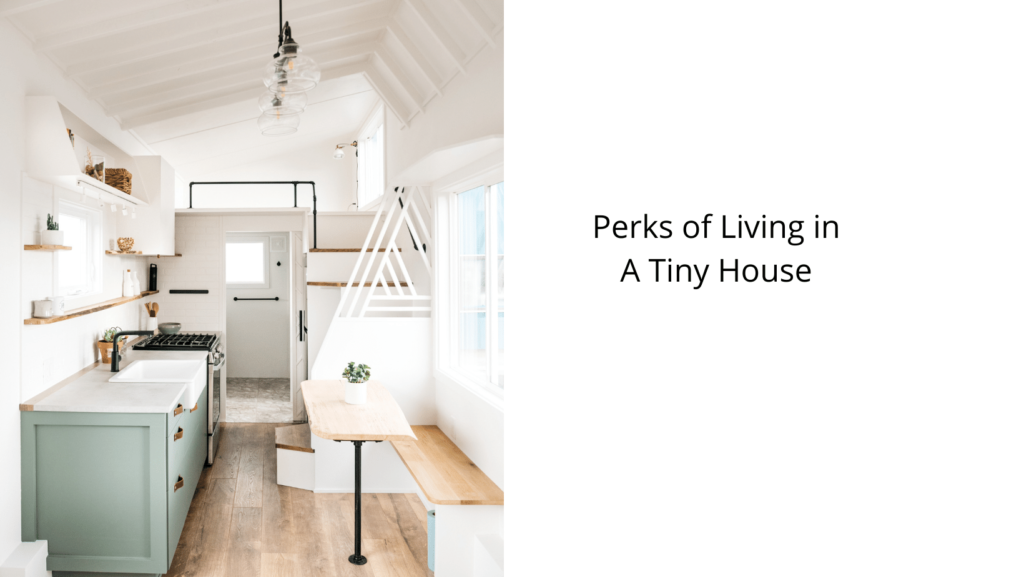
One of the advantages of living in a tiny house is the flexibility to move from one location to another. You don’t have to worry about the cost of maintenance and repairs since you can move it when necessary. Another perk is that you don’t need to worry about finding enough space for a garden. Your tiny house can also be a fifth wheel to a larger home. However, it may require a bit of adjustment to a smaller space.
Tiny houses are an excellent option for those who do not want to sacrifice space. These homes are about the size of a studio apartment. While it can seem cramped when crowded, this can be an asset if you are used to living in close quarters. If you are not comfortable with a tiny space, you may want to consider renting your tiny home out to earn some extra money.
Another perk is that tiny houses require less space than larger homes. This means they can be built on leased land or owned by a friend. These homes are also less expensive to make than larger houses, so you can save on labor costs. One disadvantage is that tiny houses are illegal in some places, so check your local laws before getting one. But there are many benefits of living in a tiny house!
Challenges of Living in A Tiny House
One of the most apparent challenges of tiny living is the lack of storage space. Having limited space forces you to be more efficient when it comes to storage. This means using smart storage ideas that make better use of the space you have. You may need to learn a few new tricks, but luckily, many fellow tiny house owners are willing to share their tips and tricks. You can find their blogs online and read up on their experiences.
Besides being limited by space, other issues make tiny houses less attractive. The fact that you may not be able to fit the furniture you need can make the space feel cramped. In addition, you may not have the privacy you want to have. If you share the house with other family members, the smaller space can make it harder to invite guests. You can only hold parties outside in the warm months. You will need to find other ways to entertain.
Although the lack of space can pose challenges, it creates an attractive living environment. The Kasls’ tiny house doubles as their children’s school. This means that Kim Kasl has more time to spend teaching instead of cleaning and preparing meals. They spend many days exploring nature and learning about various animals. The family also spends a lot of time on field trips and going to children’s theaters.
One of the biggest challenges of tiny living is locating land. The land is expensive, and lots are increasingly scarce. Often, the smaller the lot, the more expensive the land. A Tiny House doesn’t require much land for the actual house, but it needs to be hidden from prying eyes to avoid problems with noise and safety. If you can’t get a lot of lands to build the actual house, you might not be able to live in it.
Whether you live in a tiny house full-time or are considering it for retirement, the process can be a great adventure. Like any adventure, carefully considering your reasons for living in a tiny house is best. This way, you can enjoy the freedom living in a tiny home offers. Living in a tiny home has many benefits, but it also has its challenges.
Savings of Living in A Tiny House
Compared to a traditional home, a tiny house requires less energy to heat and cool. It also requires less space for storage. Living in a tiny house means having more free time and less stress. However, it’s not without challenges. These tips can help you make the most of your tiny house. First, decide on your priorities and the necessities. You may want to sacrifice some storage space or amenities in the name of savings.
Tiny house owners typically have to negotiate with the landowner to set up a place to park their tiny house. They can pay a nominal rent (as low as $100 a month) or exchange services, such as helping with a small farm or caring for elderly people. Some even park in their friends’ backyards so they don’t have to worry about land ownership if they decide to move.
Another advantage of tiny houses is the reduced cost of energy. The average electric bill for a tiny house owner in 2014 was $114. Some tiny house owners even installed solar panels and rainwater collection systems. Those savings made tiny houses a great alternative to conventional homes. Moreover, tiny homes are easy to maintain and save money by making them energy efficient. In addition, tiny houses also tend to be more environmentally friendly.
While tiny houses are more expensive than conventional homes, they are more affordable than their larger counterparts. The tiny homes also have lower utility bills and property taxes. A tiny house is also less likely to suffer from hoarding, another benefit of a tiny house. Moreover, it’s also cheaper to build and maintain so that the homeowner can enjoy a simpler lifestyle with fewer expenses. And because there’s no mortgage, tiny houses are a great way to save money.
Choosing to live in a tiny home has several advantages. First, it can help you reduce your stress levels. Because you won’t have to clean the house as often, cleaning time will be shorter. Another benefit of living in a tiny house is that you’ll save money on home maintenance and groceries. You’ll also have more money to spend on other things. A tiny house is also more environmentally friendly.
Hi, I’m Emma. I’m the Editor in Chief of Tiny House 43, a blog all about tiny houses. While tree houses are often associated with childhood, they can be the perfect adult retreat. They offer a cozy space to relax and unwind, surrounded by nature. And since they’re typically built on stilts or raised platforms, they offer stunning views that traditional homes simply can’t match. If you’re looking for a unique and romantic getaway, a tree house tiny house might just be the perfect option.
